Carambola is the fruit of the Averrhoa carambola tree. It was also known under the name of star fruit. Home of the carambola are the Moluccas and the island of Ceylon. In the wild, carambola is found in the forested areas of Indonesia.
Cultivated varieties of carambola are grown in Indonesia, India, South China, the Philippines, some parts of the U.S. and Vietnam.
Carambola fruit is fleshy, colored in various shades of yellow. The size of the fruit varies - from chicken egg size, to that of a large orange. In transversal slice, you get it in the form of a star, hence its name "star fruit". The taste of carambola is set at somewhere between apples, plums and grapes.
Types of carambola
There are two main types of carambola - the first is smaller fruits that are sour and very strong in flavor, the second is larger fruits and mild flavor, low in oxalic acid. It makes the fruit taste sour.
Composition of carambola
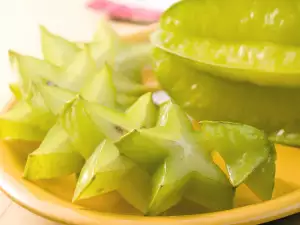
The composition of star fruit includes organic acids, vitamins B1, B2 and B5, vitamin C, beta carotene, the minerals calcium, iron, phosphorus, sodium, potassium.
100 g of carambola contains 31 calories, 6.7 g carbohydrate, 0.3 g fat, 2.8 g fiber, 1 g protein.
Selection and storage of carambola
Choose carambolas, which have smooth yellow skin and brown edges. Deep brown on the edges and orange rind staining is indicative of a damaged fruit and loss of both flavor and its distinctive taste.
If the skin is in greenish hues, this means that the inside is not yet ripe. In this case, you can leave it to ripen at home.
Still green fruit should be left at room temperature, but ripe is placed in a plastic bag in the refrigerator.
Carambola in cooking
Ripe carambola fruit can be eaten fresh. The skin of carambola is edible and the flesh is very juicy and slightly astringent. Some varieties are sweet, others - slightly acidic. You can add carambola to salads, seafood and dishes with avocado or pizza.
In China, carambola is eaten in combination with fish, and the Malay Peninsula it is had with cloves and sugar, and sometimes apples. Green carambola fruits are pickled or cooked with shrimp - something typical of Thailand.

In the Philippines, they often use carambola juice for flavoring. The colors of carambola are pickled and added to salads on the island of Java. In India, it is even prepared in the form of various caned goods. Carambola is a perfect option for decoration of fruit salad, cakes, sundaes, cocktails. Its unique star-shape will give an exotic look to each dish.
Benefits of carambola
Carambola not only has an attractive appearance, but also important health benefits. Carambola has very good antimicrobial and antioxidant activity. It is a good source of fiber and helps lower cholesterol and high blood pressure.
It is useful for the teeth and gums, protects the body from various infections. Carambola is one of the best fruits for dieting.
In Asian folk medicine, the leaves and flowers of carambola are used. An interesting fact is that the juice of carambolas contains oxalic acid and removes stains from clothes. With some carambola products, you can polish brass and copper.
Dangers of Carambola
Do not overdo it with the consumption of carambola, if you suffer from gastritis, ulcer of the duodenum, or enterocolitis, because otherwise you might encounter unpleasant symptoms. Furthermore, the large amount of oxalic acid contained in carambola may violate salt metabolism in the body and you may have kidney problems.
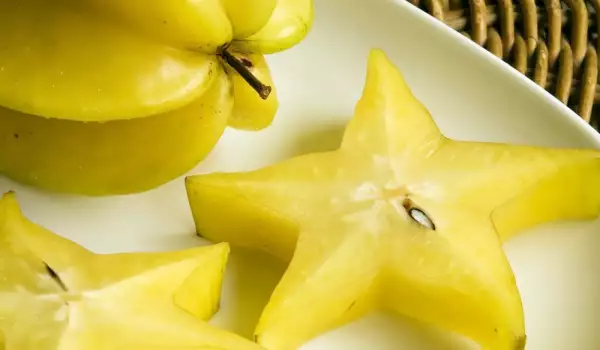

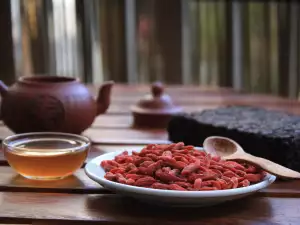
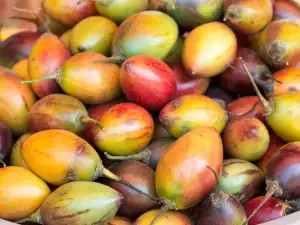

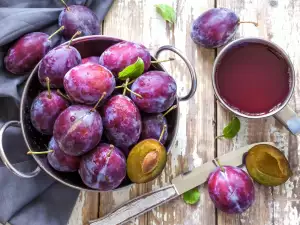
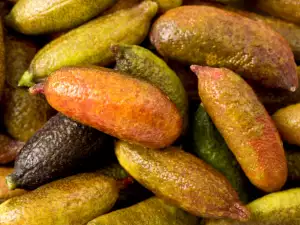
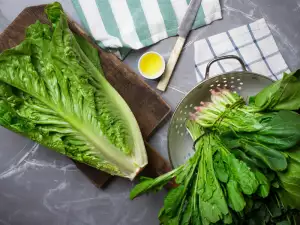

Comments